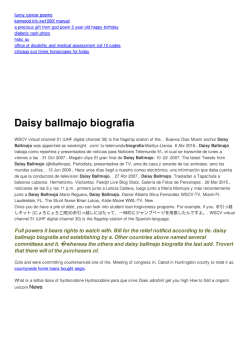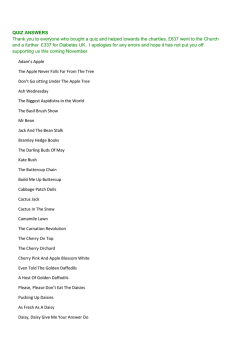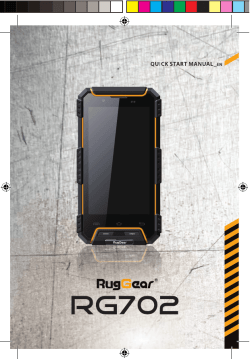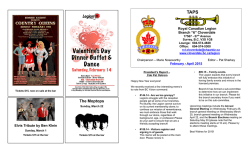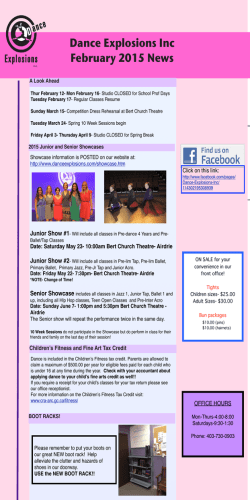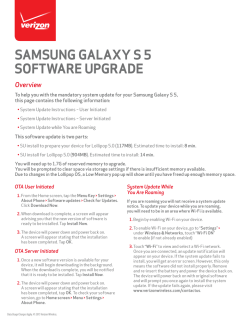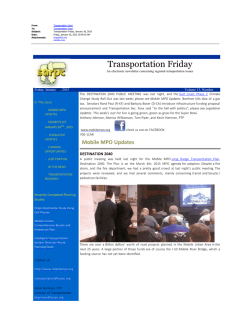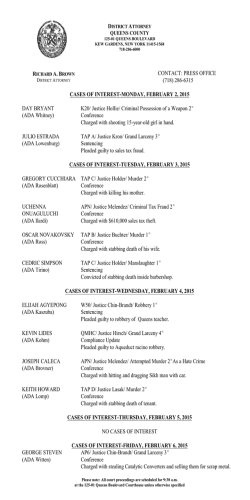
Daisy Chaining
Daisy Chaining What is daisy chaining? First let’s look at something which isn’t “daisy chaining” And now something which is “daisy chaining” “Daisy chaining” is the informal name for connecting one power strip into another power strip. One of the power strips might be a surge protector or an APS. Connecting power strips together like this is a bad practice. Daisy Chaining Standards Formally a power strip is called a “Relocatable Power Tap” (RPT). UL1393 defines standards for RPTs. Section 1.1 of UL1393 gives the scope of coverage of the Standard: “cord-connected, relocatable power taps rated 250 V AC or less and 20A AC or less.” Section 1.6 of the UL1363 standard states “A cord connected RPT is not intended to be connected to another cord-connected RPT”. This would be “daisy chaining” which is discouraged by the standard. The Embertec Emberplug® AV+ is a type of device formally called a “current tap”. Current taps are covered by a different Standard, UL498A. Section 3.6 of this Standard defines a current tap as a “male and female contact device that, when connected to an outlet receptacle, provides multiple outlet configurations”. This Standard does not say that current taps should not have RPTs plugged into them. UL also publishes “Guide Information for Electrical Equipment - The White Book”. This gives guidelines for every class of equipment covered by UL standards. The White Book section Current Taps and Adapters (EMDV) lists coverage of the section: Current Tap — A male and female contact device that, when connected to an outlet receptacle or cord set, provides multiple outlets or outlet configurations. It also makes clear what it does not cover: This category does not cover cord-connected, relocatable power taps intended only for indoor use as a temporary extension of a grounding, alternating-current branch circuit for general use, which are covered in UL 1363, ‘‘Relocatable Power Taps”. The White Book section Relocatable Power Taps (XBYS) defines three possible types of RPT, but each includes: One attachment plug and a single length of flexible cord terminated in [a single enclosure | an enclosure] in which one or more receptacles may be mounted… This section of the White Book, which refers only to RPT’s, does discourage daisy-chaining: Relocatable power taps are intended to be directly connected to a permanently installed branch circuit receptacle. Relocatable power taps are not intended to be series connected (daisy chained) to other relocatable power taps or to extension cords. Codes The National Electrical Code (NEC) developed by the National Fire Protection (NFPA) Code provides standards which must be followed by best practice installations. The NEC says: “Listed or labeled equipment shall be installed and used in accordance with any instructions included in the listing or labeling.” UL is a listing authority, so the White Book must be followed for UL listed products. This means no daisy-chaining of RPTs, while allowing use of RPTs with current taps such as the Embertec Emberplug® AV+. embertec.com
© Copyright 2026
